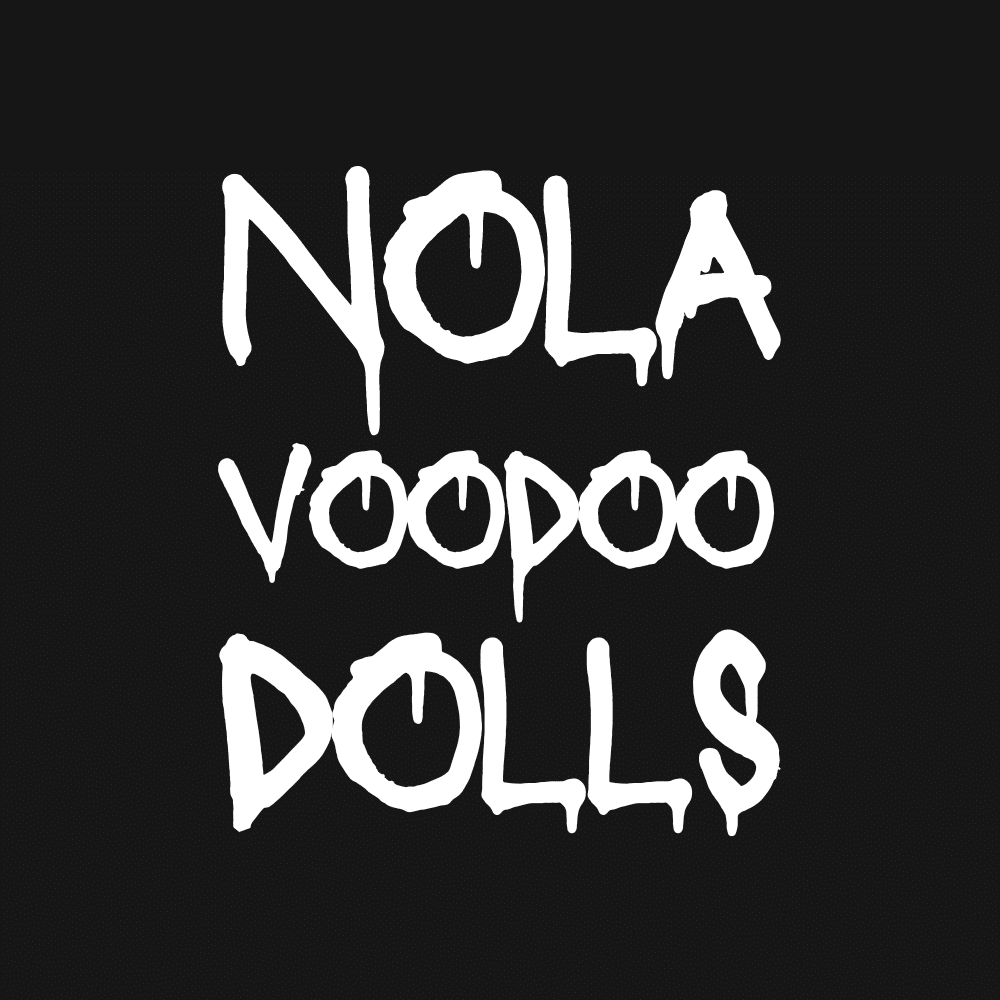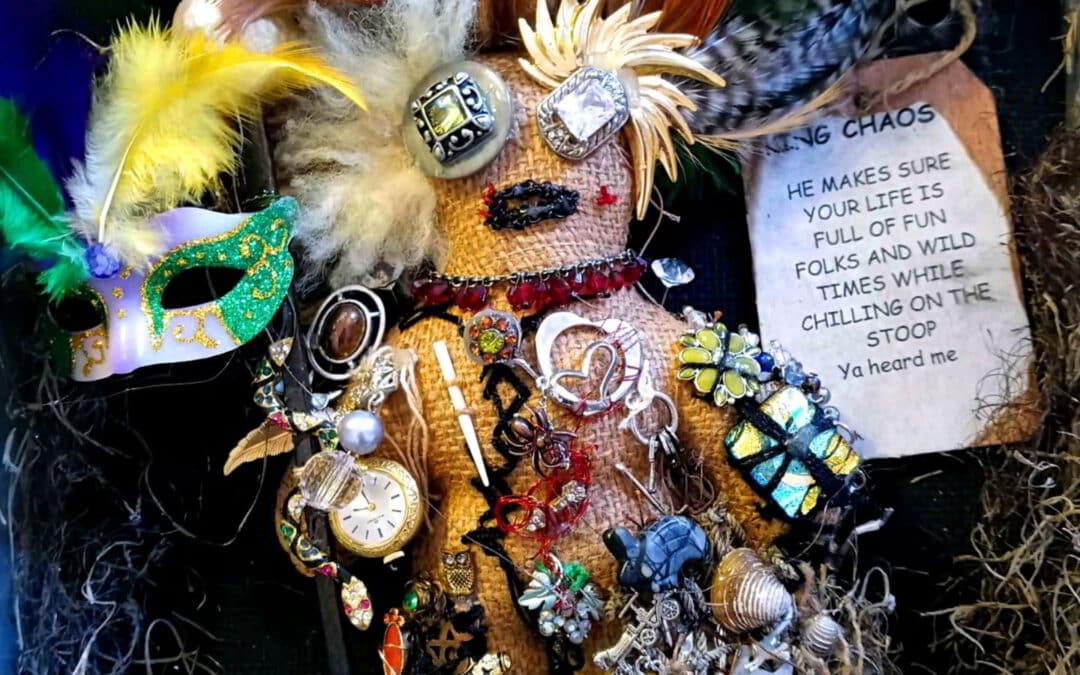Voodoo dolls, imbued with a rich history and deep cultural significance, are frequently linked to New Orleans, a city renowned for its vibrant and eclectic cultural heritage. This article delves into the reasons behind this strong association, offering art collectors insights into the intricate world of regional crafts specific to this enigmatic city.
Historical Roots of Voodoo in New Orleans
The story of Voodoo in New Orleans is as old as the city itself, brought over by enslaved West Africans and later enriched by Haitian immigrants fleeing the 1791 slave revolt. Marie Laveau, the famed Voodoo Queen of New Orleans, played a pivotal role in popularizing Voodoo by integrating it with Catholic traditions, which helped embed these practices in the local culture. This merging created a unique blend of Voodoo, distinctively recognized around the world today.
- Voodoo was introduced to New Orleans in the early 18th century.
- Marie Laveau’s influence in the 19th century significantly shaped public perceptions of Voodoo.
- Voodoo’s integration with Catholicism in New Orleans is unique to the region.
Cultural Significance of Voodoo Dolls in the City
In New Orleans, Voodoo dolls are not merely objects of art; they are steeped in spiritual significance and are used in rituals that span the spectrum from healing to protection. Unlike the Hollywood depiction of Voodoo dolls for malevolent hexing, the dolls in New Orleans Voodoo serve as conduits for blessings and communicate with spiritual realms. An art collector might appreciate knowing that each doll is often personalized to the owner’s spiritual needs.
- Voodoo dolls are used in a variety of protective and healing rituals.
- Each doll can be tailored to the individual’s spiritual requirements.
- Misconceptions abound, but the true use of these dolls is rooted in positive intentions.
Unique Craftsmanship of New Orleans Voodoo Dolls
The art of creating Voodoo dolls in New Orleans involves distinctive techniques and materials that set them apart from similar crafts in other regions. Local artisans often use Spanish moss, fabric scraps, and items personal to the doll’s intended recipient to enhance the spiritual connection. These dolls are not only a reflection of the artisan’s skill but also a deep embodiment of personal and communal histories.
- Spanish moss is a common material in the crafting of these dolls.
- Artisans often incorporate personal items to strengthen the spiritual link.
- Each doll is a unique piece of art, reflecting both craft and tradition.
Voodoo Dolls as Tourist Attractions
With the rise of tourism in New Orleans, Voodoo dolls have become popular souvenirs, often stripped of their religious significance and sold as mere novelties. This commercial aspect can sometimes overshadow their cultural and spiritual importance, yet it also opens up avenues for artisans to share their craft with a wider audience.
- Tourist demand has increased the production of Voodoo dolls.
- While commercialization can dilute authenticity, it also spreads cultural awareness.
- Artisans face the challenge of maintaining authenticity while catering to commercial interests.
Efforts to Preserve Authentic Voodoo Practices
Local practitioners and cultural heritage organizations are actively working to preserve the authenticity of Voodoo practices in New Orleans. By educating the public and promoting genuine understanding, they aim to counteract misconceptions and ensure that Voodoo is respected as a significant cultural and religious practice.
- Educational programs help clarify the true nature of Voodoo practices.
- Local museums and cultural centers play a crucial role in preservation.
- Artisans and practitioners often collaborate to keep traditions alive.
Regional Crafts on Cultural Perceptions
The strong association of Voodoo dolls with New Orleans reflects broader cultural dynamics and the city’s historical openness to diverse influences. This article has explored how historical migration, cultural integration, and modern commercialization have shaped the perception and practice of Voodoo in New Orleans, revealing a complex tapestry of spiritual, cultural, and artistic expressions.
Key Takeaways for Art Collectors
- New Orleans is a pivotal hub for Voodoo and its associated crafts.
- Voodoo dolls carry significant spiritual and cultural importance.
- Preservation efforts are key to maintaining the authenticity and respect of Voodoo practices.
Frequently Asked Questions
- Why is New Orleans considered a center for Voodoo in America?
- New Orleans became a center for Voodoo due to its history of West African and Haitian influences, which blended local and imported traditions.
- Can Voodoo dolls bought as souvenirs be considered authentic?
- While many are made for tourists, there are still artisans in New Orleans who craft Voodoo dolls using traditional methods and materials.
- What should one consider when purchasing a Voodoo doll?
- Look for dolls made by reputable artisans who use traditional materials and methods, and consider the cultural and spiritual significance of the doll.
- How can art collectors contribute to the preservation of Voodoo traditions?
- By supporting local artisans who practice traditional crafts and by educating themselves and others about the cultural significance of these items.
- Are there any misconceptions about Voodoo dolls that people should be aware of?
- Yes, the most common misconception is that Voodoo dolls are primarily used for harm; in reality, they are more often used for protection and healing.

